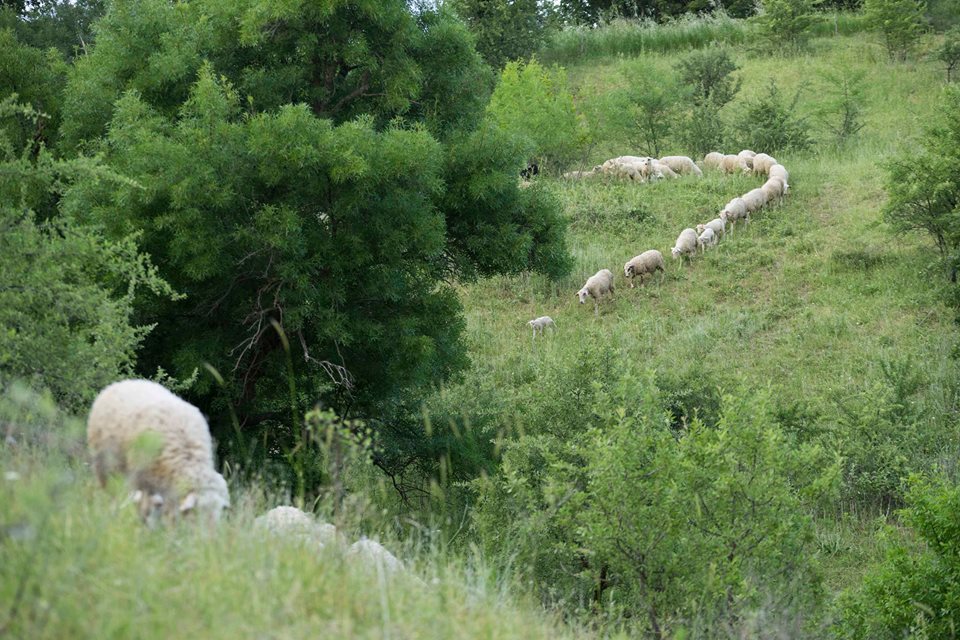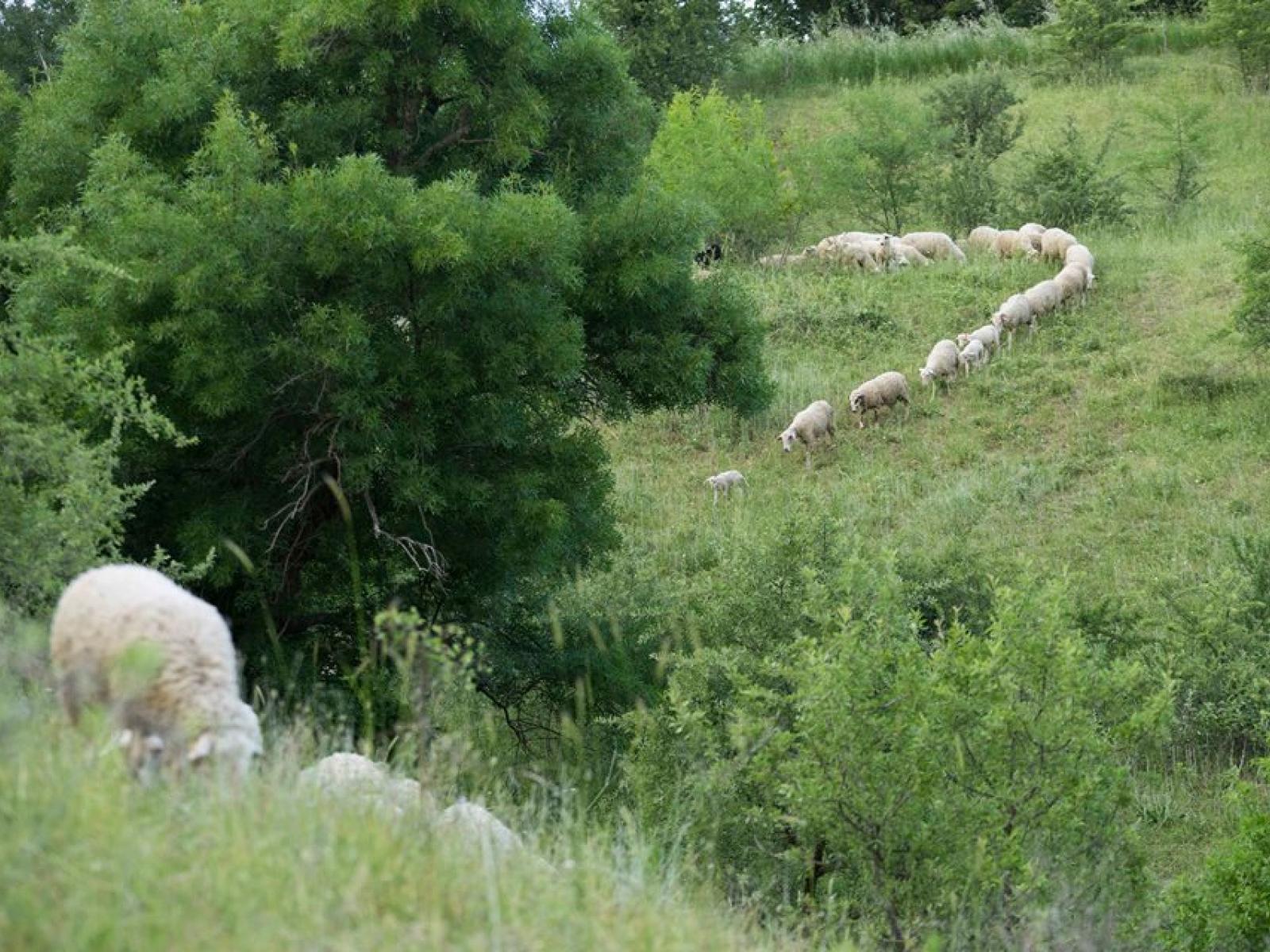An Overview Of Our Solution
- Population Impacted:
- Continent: Europe
Organization type
Population impacted
Size of agricultural area
Production quantity
People employed
Describe your solution
Describe your implementation
External connections
What is the environmental or ecological challenge you are targeting with your solution?
Describe the context in which you are operating
Turkey is in fast and chaotic transition. Many dynamics are constantly changing, and rarely do so in the same directions. Food and agriculture are of central in this process, becoming even more of a focus point everyday. Agricultural methodologies used, demographics and consumer awareness changed dramatically and keep doing so: Rural population saw a decline to 20% of population. Food security and safety, especially in livestock products, are of big debate with the production is shifting to conventional feedlot systems, meat prices increased 260% in 12 years, milk prices are constant for the last 3 years despite the cost increases for the farmers. Consumers of all the socio-economical habitus vividly question the nutrient value and healthiness of food products. In the meanwhile, grasslands and pastures are either poorly managed or idle, which both result in degradation, instead of potential regeneration in most parts, due to lack of "animal impact" and/or presence of overgrazing at once.
This puts "grasslands" into focus of many debates, be it about agriculture, ecology or socio-economical topics. But so far no concrete and holistic "leverage" point is proposed, which may be the reason why our work as the organisation draws so much attention and interest in regional and national scale.
This set of complexe vicious circles means a relatively very challenging context in so many levels, but it also means that the "right" solutions can have tremendous impact and leverage.
How did you impact natural resource use and greenhouse gas emissions?
Language(s)
Social/Community
Water
Food Security/Nutrition
Economic/Sustainable Development
Climate
Sustainability
It is an knowledge-intensive solution and aims (in its financial planning module) to best-use of resources for best leverage. That makes it possible to implement even with no seed-funding. On different scales and contexts (where, for instance, human labour is limited), more investment-intensive models are totally possible to increase the efficiency of the implementation (like, consultancy, semi-permanent electrical fencing paddocking, water sources for livestock on different spots, additional side-activity like soil microbiology analysis and injection through special composting/brewing methods). It's self-income generating because it 1) increases the viability of land, 2) decreases the operational costs, 3) add-value on products.
Return on investment
Entrant Image

Entrant Banner Image

